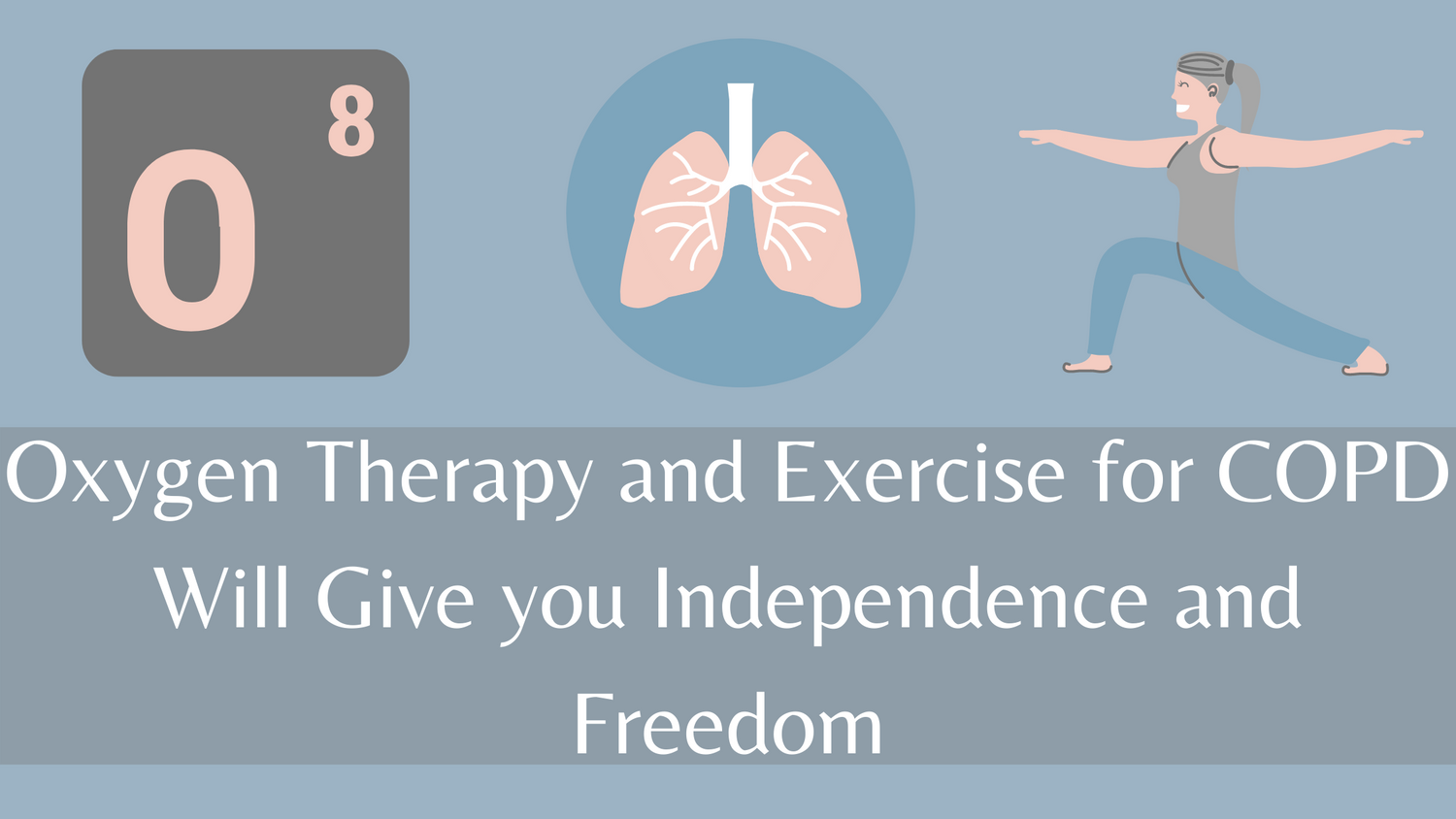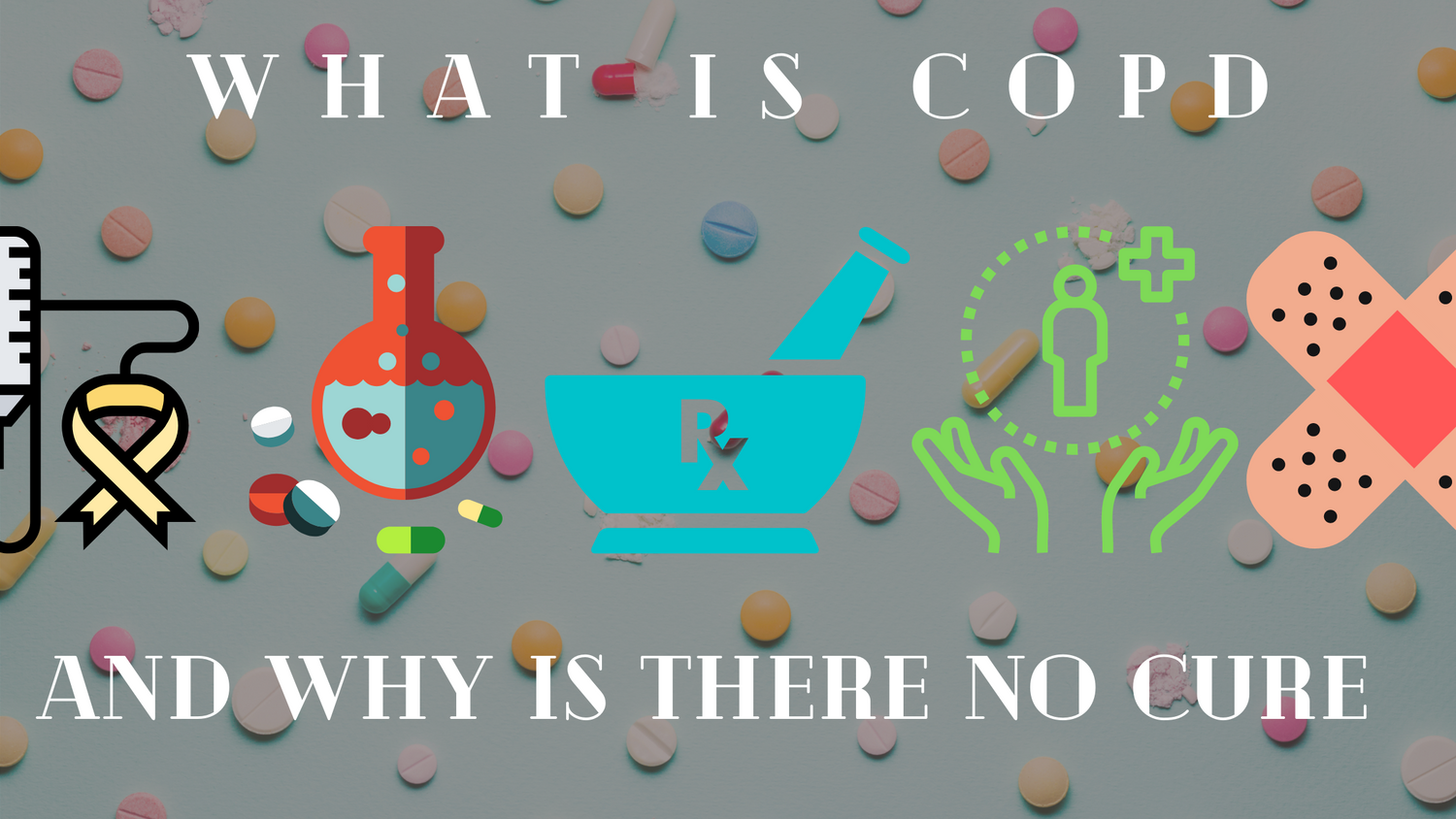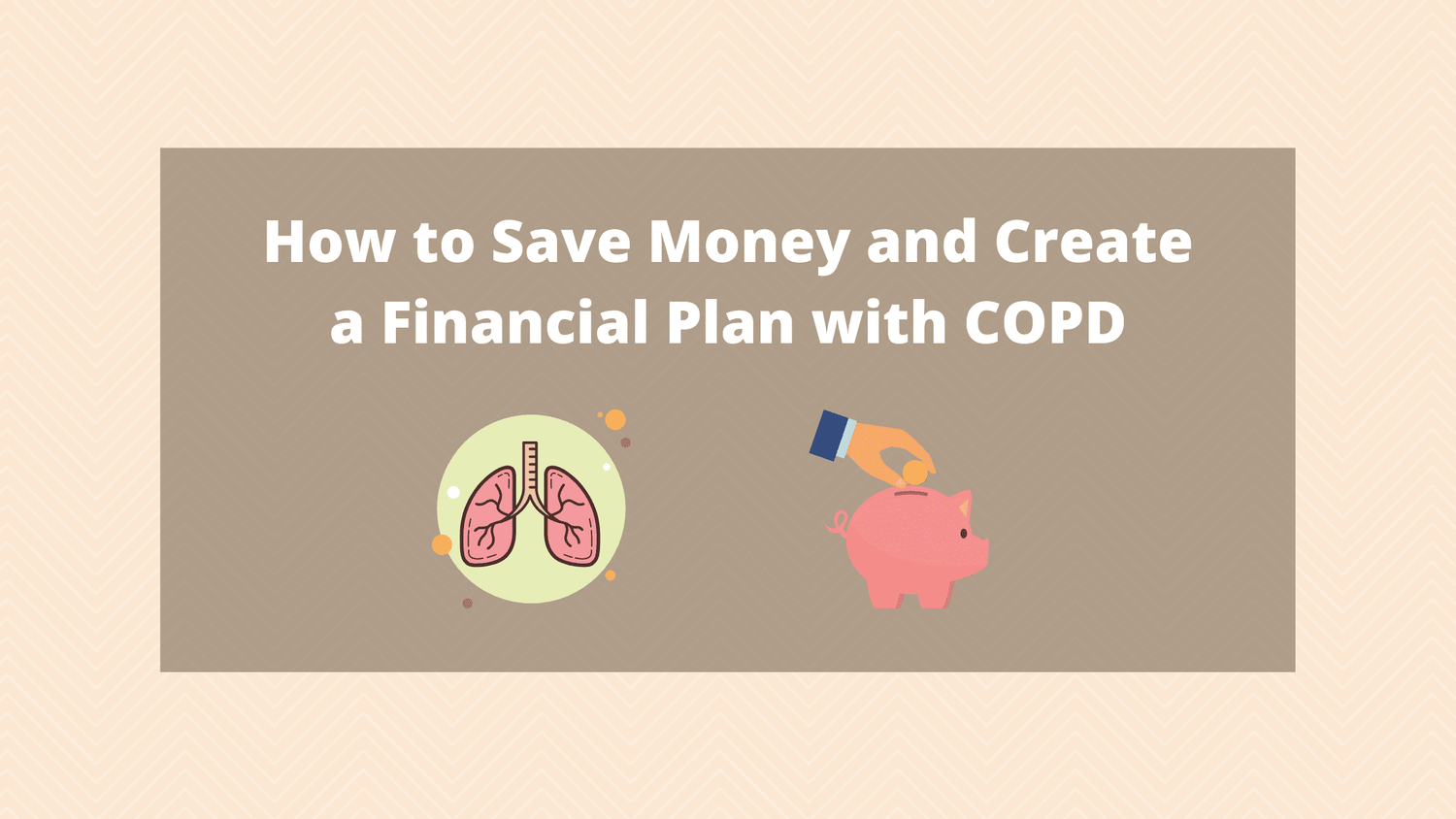Respiratory Resource Center - LPT Medical
Oxygen Therapy and Exercise for COPD Will Give you Independence and Freedom
COPD is an invasive disease and living with...
Read MoreHow to Save Money and Create a Financial Plan with COPD
Creating an effective financial plan is essential no matter...
Read More


